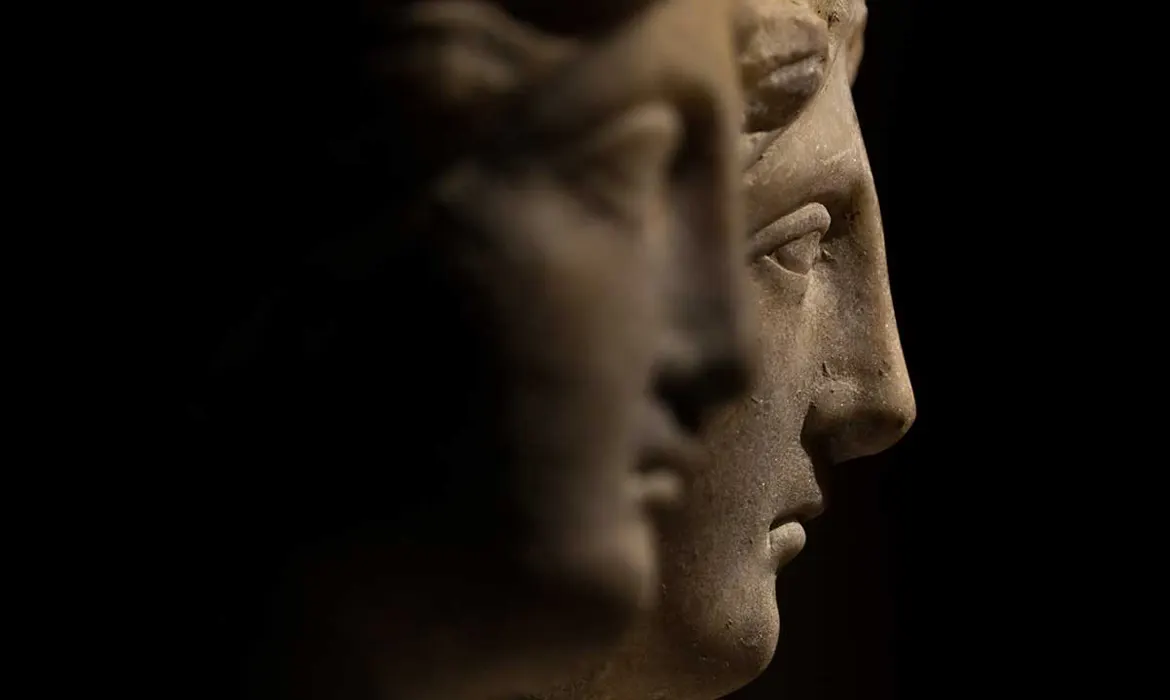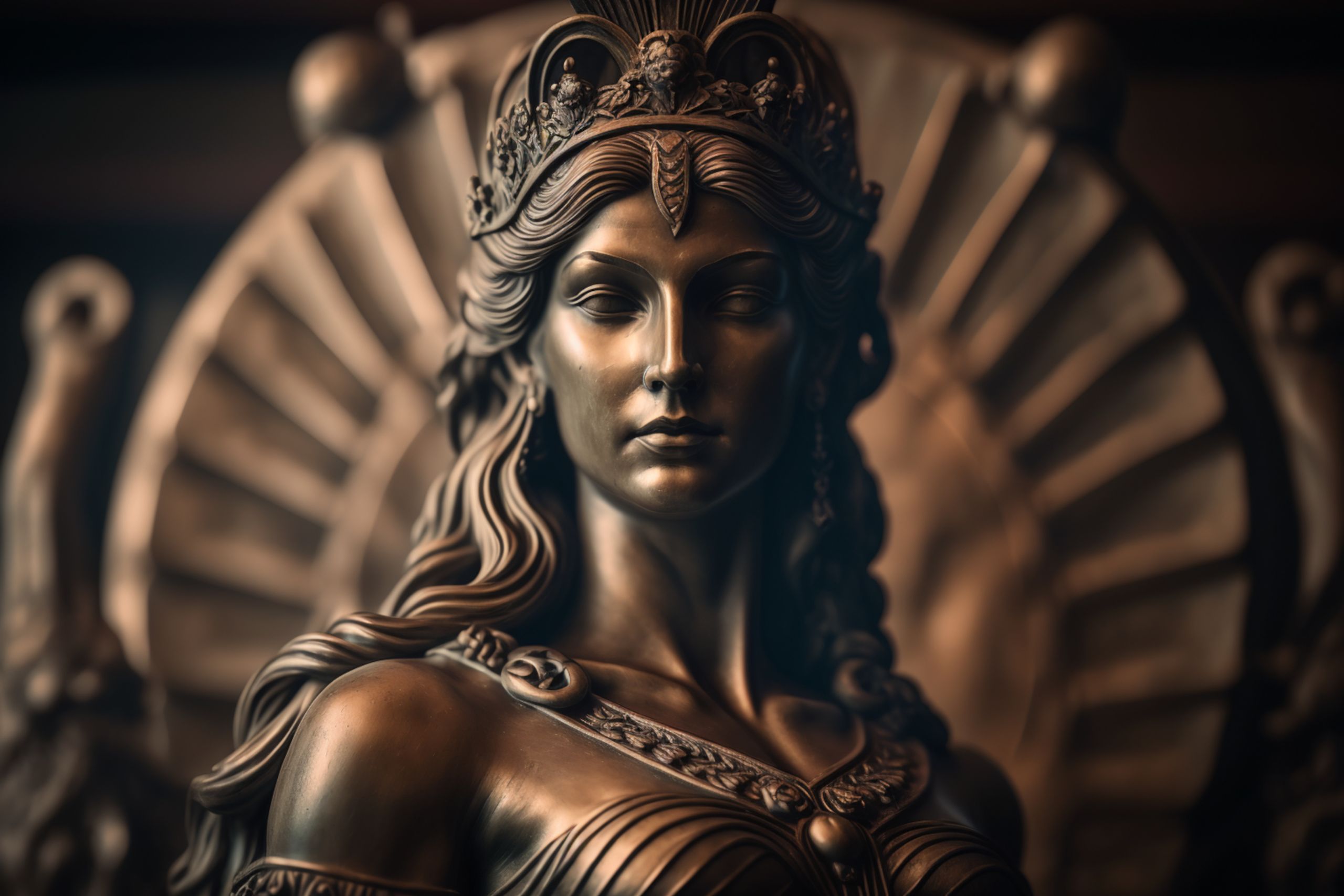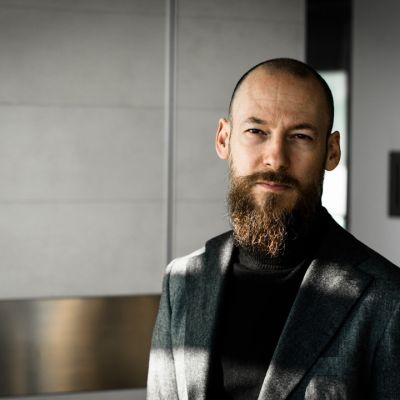Throughout history, people have used the style of their hair to communicate messages about their health, wealth and status, frequently enhancing it with dyes, extensions, wigs and decorations. Here’s a brief history of hair.
Today, hair is more often a signal of personality than financial standing. We use cuts, colors and textures to signify who we are to the world. We spend time and money creating the look that best expresses our individuality. But for men and women experiencing hair loss, their identity and sense of self may be negatively impacted.
While trends morph over time, people have been using their hair as a means of self-expression for millennia. Take a look at how hair has changed through the centuries, starting with Ancient Egypt.
Hair in Ancient Egypt
Women in Ancient Egypt decorated their hair with ornate accessories. Those with higher social status wore flowers, ribbons and headbands. Longer hair was fashionable during the New Kingdom (1570-1544 BC) and some women wore elaborate wigs.
Egyptian men usually wore their hair short or shaved their heads completely. Both boys and girls also shaved their heads, except for a small braid worn on the side. This braid was called the “Lock of Youth” and was kept until puberty. After puberty, boys and girls adopted traditional men’s and women’s hairstyles.
The Egyptians also used henna to cover gray hairs, and there is some evidence they attempted to use homemade remedies for hair loss. Those remedies included applying fats, oils and even pieces of lettuce to their scalp. Surprisingly, many myths about hair loss and homemade remedies still exist today.
Hair in Ancient Greece
The Greeks viewed hair as a life source. Not only did they allow their hair to grow long, they valued it so much they even used it for sacrifices. Women of Ancient Greece wore their hair longer than the Egyptians, and they often pulled it back into a stylish chignon or braids. Like the Egyptians, Greek women often decorated their hair, opting for gold and silver wreaths over flowers and ribbons. Some women customized their hair by curling, straightening or coloring it using ashes and henna. Beeswax was used to set and hold their styles in place.
Early on, Greek men wore their hair shoulder-length. Those with means styled it into thin braids. However, as sports became popular around the 5th century, men opted for shorter styles, oiled to stay in place.
Hair in the Renaissance Period
In the Middle Ages, wigs lost popularity because they were discouraged by religious leaders. But they made a substantial comeback in the Renaissance period. During the 16th century, Queen Elizabeth was a style-icon with her red hair and pin curls. She amassed a collection of nearly 100 different auburn wigs as her hair began to thin with age.
King Louis the XIII of France was also fond of wigs, as he began experiencing hair loss in his 20s. His use of wigs increased their popularity in the early 17th century, especially among upper-class men.
Hair in the 18th Century
Wigs continued to gain popularity throughout the 18th century. Anyone who could afford one wore one. Wealthy men wore wigs with long, white hair pulled into a braid at the back of the neck.
Wigs for both men and women continued to grow taller with the use of padding that could add several feet to a person’s height. Men of means might include gold combs in their styles, whereas women in the upper echelons of society created extravagant scenes, even putting model furniture, small musical instruments and live birds in birdcages in their hair!
Hair Today
Throughout the 20th and 21st centuries, popular hair styles have changed faster than ever. From the rebelliously short, bobbed haircuts women in the roaring 1920s sported, to the Beatles’ moptops and large afros prevalent in the 1960s and 70s, people have found infinite ways to express themselves through their hairstyles. Today, there are more styling choices than at any time in history, including dye in every color of the rainbow—even lavender and gray. We have a full spectrum of styling tools, haircuts and color at our disposal to tell the world something about who we are.
From Self-Expression to Self-Esteem: The Role of Hair Loss
While trends have evolved, one thing hasn’t changed: our hair plays a powerful role in how we express ourselves and how we see ourselves. If you’re one of the millions of men and women facing hair loss, it can be a struggle to make your hairstyle a reflection of who you are on the inside. Wondering who loses more hair—men or women? Find out here. Hair loss can affect your ability to express yourself, and in doing so, impact your self-esteem, relationships and career.
The good news is that people experiencing hair loss today have options. If you want your outward appearance to match how you feel inside, Hair Club can help. We offer a comprehensive suite of proven hair loss solutions including non-surgical and hair regrowth options. Schedule a complimentary consultation with one of our hair loss experts today and learn what you can do to get hair that’s a true reflection of who you are.
FAQs: The Cultural Significance of Hair
What is the oldest known hairstyle?
One of the oldest known hairstyles is braiding, which dates back at least 30,000 years and has been seen in early carvings and figurines.
Why is hair important to culture?
Hair has long served as a symbol of status, identity, religion, and rebellion across cultures—from royal wigs to natural hair movements.
Where does hair symbolism come from?
Hair has roots in spiritual, cultural, and social traditions, often used to signal gender roles, rites of passage, or social rank.






